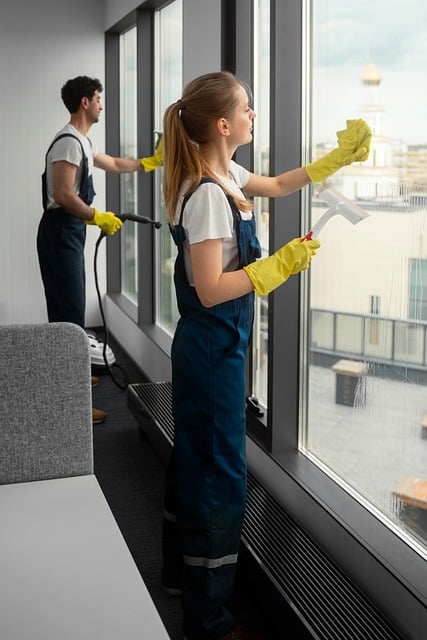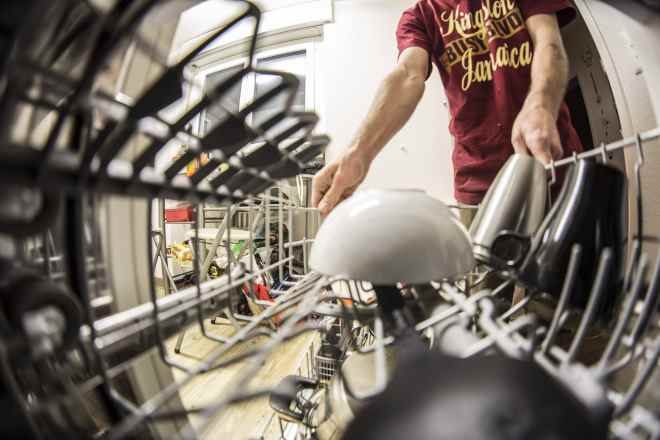Pest Control Services to Help Reduce Disruptions and Support a More Peaceful Environment
Pests can affect the comfort and condition of living or working spaces. Pest control services follow standardized procedures and offer tailored approaches for common pest issues, helping to reduce pest presence and associated disruptions. These methods align with industry guidelines and focus on minimizing the likelihood of recurring problems. Ongoing maintenance and preventive measures can support a consistently lower-pest environment.

Living and working in spaces free from pest-related disturbances contributes significantly to overall well-being and productivity. When pests establish themselves in residential or commercial environments, they bring with them a range of problems that can escalate quickly without proper intervention. Understanding how professional pest management works and implementing preventive measures creates the foundation for maintaining pest-free environments.
What Common Disruptions Can Pests Cause in Homes or Workplaces?
Pests create multiple forms of disruption that affect both comfort and functionality. Rodents gnaw through electrical wiring, creating fire hazards and expensive repair costs. Termites silently consume wooden structures, potentially compromising building integrity over time. Cockroaches contaminate food preparation areas and trigger allergic reactions in sensitive individuals.
Insects like ants create unsanitary conditions by trailing through kitchens and storage areas, while flies spread bacteria between surfaces. Moths damage clothing and textiles, and bed bugs disrupt sleep patterns while causing uncomfortable bites. In workplace settings, pest sightings can damage professional reputations and potentially violate health regulations.
Why Do Some Pest Issues Return After Treatment?
Recurring pest problems often stem from incomplete elimination of breeding sources or entry points. Many pest control treatments target visible populations without addressing underlying conditions that attract pests initially. Moisture problems, food sources, and structural gaps may remain unchanged after treatment, creating opportunities for reinfestation.
Seasonal patterns also influence pest return rates. Some species become dormant during certain periods, making them less susceptible to treatments, then emerge when conditions improve. Additionally, neighboring properties with untreated infestations can serve as continuous sources of new pest populations. Inadequate follow-up treatments may allow surviving pests to rebuild colonies before complete elimination occurs.
What Are the Common Pest Control Methods and When Might Each Be Appropriate?
Integrated Pest Management combines multiple approaches for comprehensive control. Chemical treatments work effectively for immediate population reduction, particularly with severe infestations requiring rapid intervention. Baiting systems target specific species while minimizing environmental impact, making them suitable for sensitive areas like kitchens or children’s rooms.
Physical barriers and exclusion methods prevent pest entry without using chemicals, ideal for long-term prevention strategies. Biological controls introduce natural predators or pathogens, working well in outdoor environments or agricultural settings. Heat treatments eliminate bed bugs and other temperature-sensitive pests without chemical residues, particularly valuable in hospitality environments.
What Steps Are Typically Involved in a Complete Pest Control Service?
Professional pest control begins with thorough property inspection to identify pest species, infestation levels, and contributing factors. Technicians examine potential entry points, moisture sources, and conducive conditions while documenting findings for treatment planning.
Customized treatment plans address specific pest challenges using appropriate methods and products. Initial treatments target active infestations while preventive measures address long-term control. Follow-up visits monitor treatment effectiveness and apply additional measures as needed. Documentation tracks progress and provides recommendations for maintaining pest-free conditions.
Education components help property owners understand pest biology, prevention strategies, and signs requiring professional attention. Ongoing monitoring programs detect new activity before problems escalate, maintaining continuous protection.
What Everyday Habits Can Help Reduce the Chance of Pests Appearing?
Consistent sanitation practices form the foundation of pest prevention. Regular cleaning eliminates food debris and reduces attractive odors that draw pests indoors. Proper food storage in sealed containers prevents access to potential food sources, while prompt disposal of garbage reduces breeding opportunities.
Moisture control addresses water sources that many pests require for survival. Fixing leaky pipes, improving ventilation, and eliminating standing water creates less hospitable environments. Regular maintenance of exterior areas, including trimming vegetation away from buildings and sealing cracks, reduces entry opportunities.
Clutter reduction eliminates hiding places and makes monitoring easier. Regular inspection of incoming packages and materials prevents accidental pest introduction. Maintaining clean outdoor areas, including proper composting practices and debris removal, reduces pest populations near buildings.
| Service Provider | Treatment Types | Coverage Area | Cost Estimation |
|---|---|---|---|
| Rentokil | Chemical, Biological, Exclusion | Nationwide | R800-R2500 per treatment |
| Pest Control Pros | Integrated Management | Major Cities | R600-R1800 per visit |
| Eco Pest Solutions | Eco-friendly Methods | Regional | R700-R2000 per service |
| Shield Pest Management | Commercial & Residential | Urban Areas | R900-R2800 per treatment |
Prices, rates, or cost estimates mentioned in this article are based on the latest available information but may change over time. Independent research is advised before making financial decisions.
Effective pest management requires understanding both immediate treatment needs and long-term prevention strategies. Professional services provide expertise and resources necessary for comprehensive pest elimination, while consistent preventive practices maintain pest-free environments. Combining professional intervention with proactive maintenance creates sustainable solutions that protect both property and peace of mind. Regular monitoring and prompt attention to emerging issues prevent minor problems from developing into major disruptions, ensuring comfortable and productive living and working spaces.




